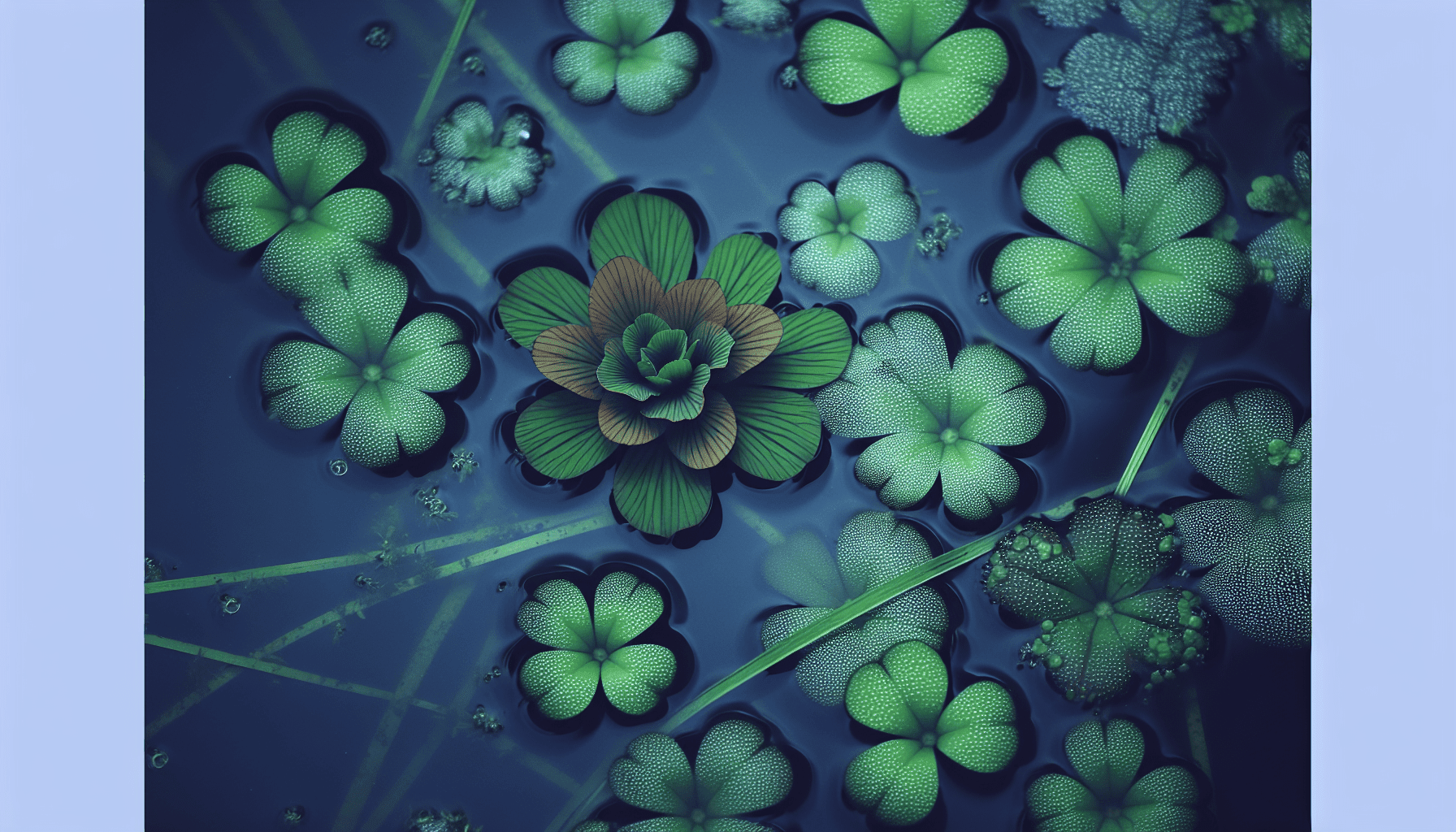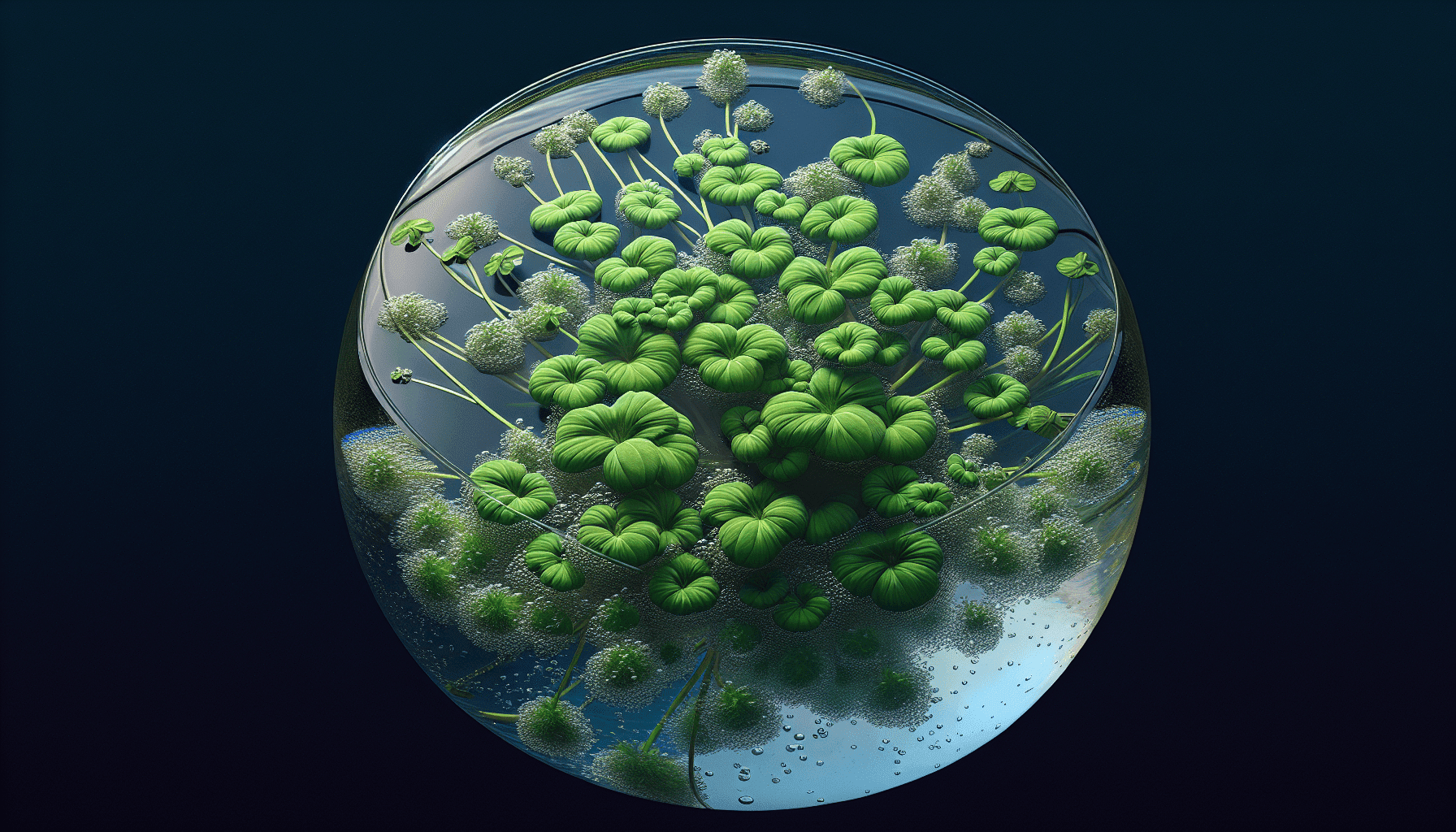Esteemed reader, as you traverse the expansive field of aquatic botany, you may happen upon a peculiar species named Lemna Valdiviana. This aquatic weed, often overlooked in discussions about invasive aquatic species, is an enigma to many due to its remarkably inconspicuous nature. Its impact on the health and functionality of water ecosystems, however, is of profound significance. This article embarks on a comprehensive exploration of Lemna Valdiviana, shedding light on its taxonomy, its ecology, and its role within the broader context of aquatic habitats.

Definition of Lemna Valdiviana
Species description
Lemna Valdiviana is a free-floating aquatic perennial herb. It belongs to the family Lemnaceae, known as duckweed family. This species is characterized by small, simple fronds that float on the water’s surface. Lemna Valdiviana features a single root per frond and reproduces both sexually and asexually.
Geographical distribution
In terms of geographical distribution, Lemna Valdiviana is widespread. It can be found in both temperate and tropical climates globally, meaning that it demonstrates a significant level of adaptability to various environmental conditions. However, it’s most prevalent in North America, South America, Europe, and Asia.
Habitat requirements
Lemna Valdiviana thrives in nutrient-rich, still water bodies such as ponds, lakes, rivers, and marshes. It prefers environments with abundant sunlight and negligible current. The species also exhibits a broad pH tolerance, making it a cosmopolitan freshwater plant.
Biological Characteristics of Lemna Valdiviana
Growth cycle
The growth cycle of Lemna Valdiviana includes phases of rapid multiplication, especially during the warm summer months. When the conditions are favorable, a single duckweed frond can potentially expand into a dense mat covering the entire water surface within a few weeks. In the cold seasons, the growth considerably slows down, reducing the overall population density.
Reproduction
Lemna Valdiviana primarily reproduces asexually. This is achieved via budding, where new fronds develop from the base of an existing one. Under the right conditions, these buds detach to form a new plant. However, sexual reproduction also occurs through the production of seeds but is relatively rare.
Adaptations
This species’ major adaptation is its ability to float on the water’s surface, which allows it to uptake sunlight and nutrients directly from the water. Its small size and rapid reproduction rate are key survival attributes, enabling it to colonize new habitats quickly.
Physical Features of Lemna Valdiviana
Size and shape
The fronds of Lemna Valdiviana are typically small, round to oval in shape, and measure about 1-3 mm in diameter.
Leaf structure
The leaf structure of this species is simple and efficient. Essentially, the entire plant consists of a single “leaflet,” or frond, that contains everything it needs for survival, including chlorophyll for photosynthesis.
Root system
Contrary to most plants, Lemna Valdiviana has a simple root system with just one root per frond that extends directly into the water. The root plays a crucial role in absorbing nutrients from water and providing stability.

Ecological Role of Lemna Valdiviana
Role in aquaculture
Due to its high growth rate and nutrient content, Lemna Valdiviana has great potential for use in aquaculture as a feed supplement for fish and other aquatic animals. It can provide nutrients like proteins, vitamins, and minerals for these species, thus improving their growth.
Interaction with other species
Lemna Valdiviana can compete with other aquatic plant species for resources like nutrients and sunlight, and can potentially dominate a water body. It also provides an ideal habitat for a variety of aquatic insects and a hideout for small aquatic vertebrates.
Influence on water quality
Although the plant can absorb toxins and improve water clarity, excess growth, known as a bloom, can decrease oxygen levels in the water leading to detrimental effects on aquatic life.
Nutritive Value of Lemna Valdiviana
Nutrient composition
The plant is a nutritious food source that is rich in protein, certain vitamins, and minerals. The amino acid profile of the protein complements those found in other animal and plant proteins.
Potential as feed supplement
The use of Lemna Valdiviana as a feed supplement for aquatic and terrestrial animals is promising due to its rich nutrient composition. It could potentially offer an alternative to traditional feed supplements, and contribute to sustainable agriculture and aquaculture practices.
Medicinal applications
The potential medicinal use of Lemna Valdiviana has been suggested in various traditional systems of medicine. The plant has been reported to contain compounds with antimicrobial and anti-inflammatory activities, offering prospects for natural remedies.
Uses of Lemna Valdiviana
In waste water treatment
Lemna Valdiviana’s ability to absorb harmful contaminants from water makes it extremely useful in the treatment of wastewater. Its high growth rate allows it to effectively filter out pollutants, improving the water quality in a short time frame.
As a feed supplement for aquaculture
Potential application of Lemna Valdiviana in aquaculture includes its use as a feed supplement. Owing to its rich nutrient composition, the plant could be a promising alternative to traditional fish feeds, potentially contributing to the sustainability of the aquaculture industry.
In herbal medicine
In some cultures, Lemna Valdiviana holds a place in traditional medicine. Its potential therapeutic activities against various health conditions have made it a subject of interest in ethnobotanical studies.
Challenges Associated with Lemna Valdiviana
Overpopulation issues
The major downside to Lemna Valdiviana’s rapid reproduction is the potential to form dense mats that can cover entire water bodies. Such overpopulation can detrimentally limit light and oxygen penetration into the water, potentially causing the death of other aquatic organisms.
Impediment to water flow
A dense infestation of Lemna Valdiviana can impede water flow in various water bodies, such as irrigation channels and drains. Blockages can contribute to flood risk and impede recreational water use.
Threat to biodiversity
Overpopulation of Lemna Valdiviana can negatively impact biodiversity by outcompeting other aquatic plants for nutrients and light. Furthermore, dense accumulation on the water surface can create barriers to the movement of aquatic animals, leading to disrupted ecosystems.
Control Measures for Lemna Valdiviana
Mechanical removal
Mechanical removal is the simplest and most direct method for the control of Lemna Valdiviana. It, however, requires considerable time, labor, and resources, and does not prevent regrowth from remaining plant fragments.
Chemical control
Chemical control methods, such as herbicides, can also be used but can have unintended consequences on non-target organisms and general water quality.
Biological control methods
Recent advances in biological control methods using specific insects, fish, or pathogens as biological agents offer a promising outlook for controlling Lemna Valdiviana populations without causing significant harm to the environment.
Effect of Climate Change on Lemna Valdiviana
Impact of rising temperatures
Rising temperatures due to climate change could have mixed effects on Lemna Valdiviana. While it could potentially increase its growth in cooler climates, extreme heat could also limit its distribution.
Changes in distribution patterns
Changes in factors like rainfall patterns, temperature, and atmospheric carbon dioxide concentrations associated with climate change can influence the distribution patterns of Lemna Valdiviana.
Impediment to water flow
Climate change-induced alterations in water flow regimes could either benefit or impede the growth and spread of Lemna Valdiviana.
Future Prospects of Lemna Valdiviana
Potential for biofuels
The high growth rate of Lemna Valdiviana holds promise in the production of biofuels. The plant could serve as a renewable, environment-friendly source of energy in the future.
Improved techniques for control
Ongoing research and advancements in biological control strategies provide hope for more effective control of this plant in the future.
Implications for conservation efforts
Understanding the ecological role and potential uses of Lemna Valdiviana can contribute to conservation efforts. Conservative measures based on a comprehensive understanding of this species will be beneficial for maintaining biodiversity and ecosystem health.